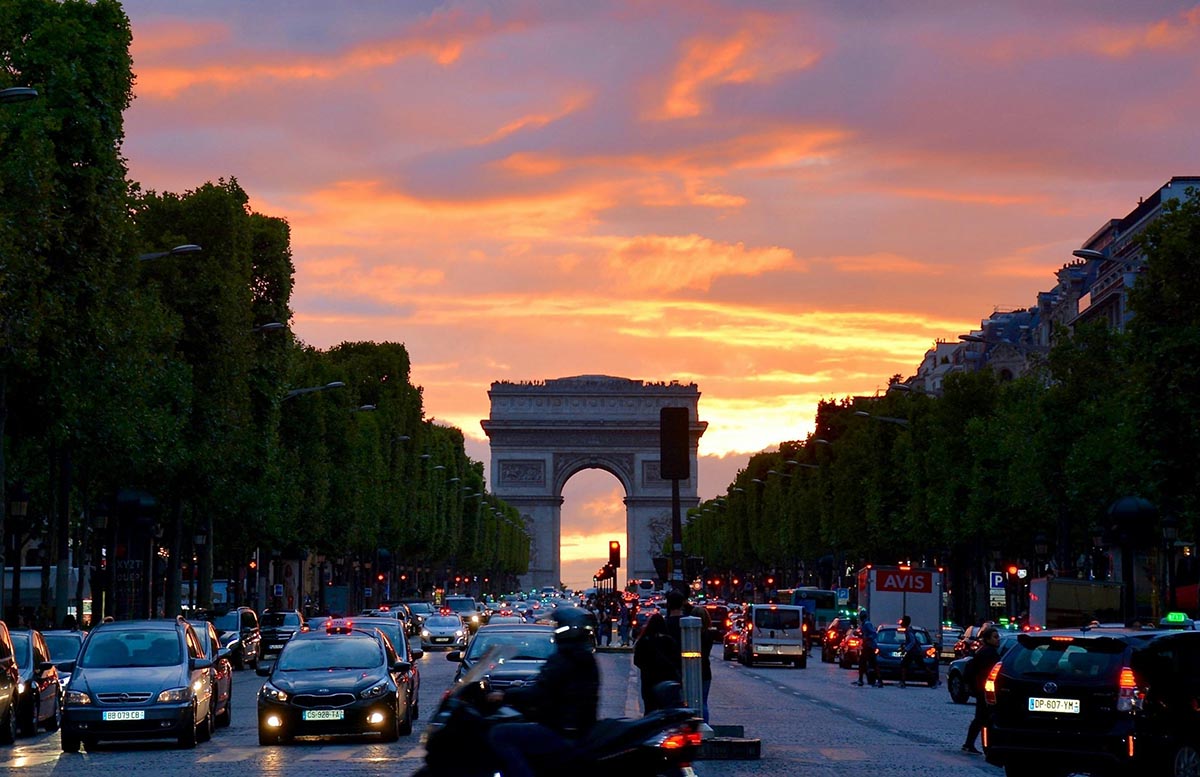France’s cultural tapestry is as rich as it is varied, and it’s stitched together region by region. Step beyond the boulevards of Paris and you’ll find an extraordinary range of landscapes, traditions, and histories that feel worlds apart yet undeniably French.
In the lavender-scented air of Provence, Roman aqueducts shadow golden vineyards. Along the northern coast, craggy fortresses whisper tales of corsairs and conflict. And in quiet mountain villages near the German border, half-timbered homes speak in two tongues.
Every region offers a different rhythm, a different story, and a deep sense of place. This guide explores some of France’s most iconic areas, where history is written into the stones.
Stroll Through the Timeless Beauty of Provence
Provence is a sensory experience as much as it is a destination. Vineyards stretch across rolling hills, olive groves shimmer under golden light, and lavender blooms in surreal purple rows each summer. But beyond the beauty lies a deep historical narrative.
Roman amphitheaters in Arles and Orange speak to the region’s early prominence, while the cobbled lanes of villages like Gordes or Roussillon offer a glimpse into centuries of Provençal life.
A great way to explore this region is on foot. Taking a walk in Provence brings you face to face with ancient chapels, traditional markets, and sun-soaked town squares where time seems suspended. Each step connects you with layers of art, resistance, religion, and rural resilience.
Discover the Maritime Spirit of Brittany and Saint-Malo
On the northwestern coast, Brittany wears its maritime legacy proudly. Nowhere is this more vivid than in Saint-Malo, a walled port city that once housed corsairs, privateers, and brave fishermen. Its granite walls, stormy tides, and salt-tinged air tell tales of resilience and rebellion. Wander its ramparts and feel the force of history beneath your feet.
Nearby, Mont-Saint-Michel rises like a mirage from tidal flats, fusing architectural brilliance with monastic tradition. Whether approached by footpath or shuttle, the journey there enhances its mystique.
The region is also rich in Celtic heritage. Listen closely and you may catch the soft lilt of Breton, still spoken in rural areas. For a visual and historical primer on the area, this Saint Malo guide offers helpful context before you go.
Experience Living History in Normandy
Normandy’s pastoral landscapes hide some of Europe’s most emotionally charged heritage sites. Here, medieval and modern histories collide.
Start in Rouen, where Joan of Arc was tried and executed, and admire the Gothic grandeur of its cathedral, painted dozens of times by Monet. Then shift your focus to the 20th century and visit the D-Day landing beaches, the Normandy American Cemetery, and the Caen Memorial Museum.
For a deeper, more personal look at this pivotal chapter in history, curated World War II tours trace the route of Allied troops through Normandy and beyond. These tours bring to life the stories of soldiers, resistance fighters, and civilians whose courage defined the liberation of Europe.
Many include visits to less-crowded sites where you can reflect in silence and absorb the impact of what occurred.
Savor the Gastronomic Legacy of Lyon and the Rhône
Often overshadowed by Paris, Lyon is France’s culinary capital and a UNESCO-listed city steeped in Roman and Renaissance heritage.
Lyon ranks among the top cultural destinations for travelers seeking authenticity and depth in both history and gastronomy. The city’s traboules (hidden passageways woven through its Old Town) once guided silk workers and Resistance members alike.
You can also visit the Roman theater on Fourvière Hill or the medieval charm of Vieux Lyon to understand how the past shapes the city’s layered identity.
Further south, the Rhône Valley unfolds with vineyards and river towns that have supplied France with wine, grain, and inspiration for centuries. Tain-l’Hermitage and Avignon are stops not to be missed.
Embrace the Dual Identity of Alsace
Nestled between France and Germany, Alsace blends cultures like few other regions in Europe. Its timber-framed villages, such as Colmar and Eguisheim, appear to have sprung from fairy tales, but their story is one of conflict and coexistence.
Alsace has switched hands between French and German rule multiple times, which has shaped its language, food, and architecture.
Strasbourg, the region’s capital, is home to the European Parliament and one of the finest Gothic cathedrals in Europe. Walk through its Petite France district, once home to millers and tanners, and feel the convergence of medieval craftsmanship and political relevance.
Alsace’s distinct cuisine (think tarte flambée and choucroute) is as much a product of its past as its present.
France’s regions are not monolithic. They’re cultural mosaics shaped by geography, politics, and generations of lived experience. By moving beyond the usual postcard sights, you can engage with France as it really is: complex, captivating, and deeply human.
From the quiet trails of Provence to the storm-washed stones of Saint-Malo, the stories are there. All you have to do is listen.


